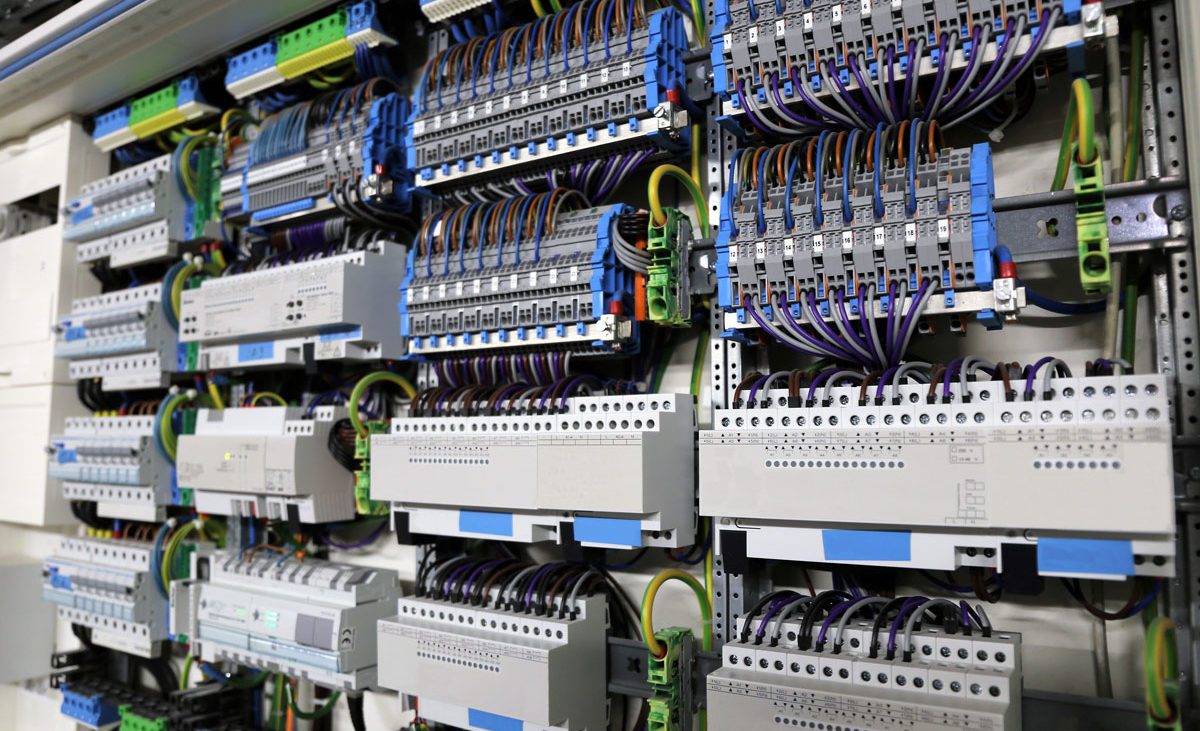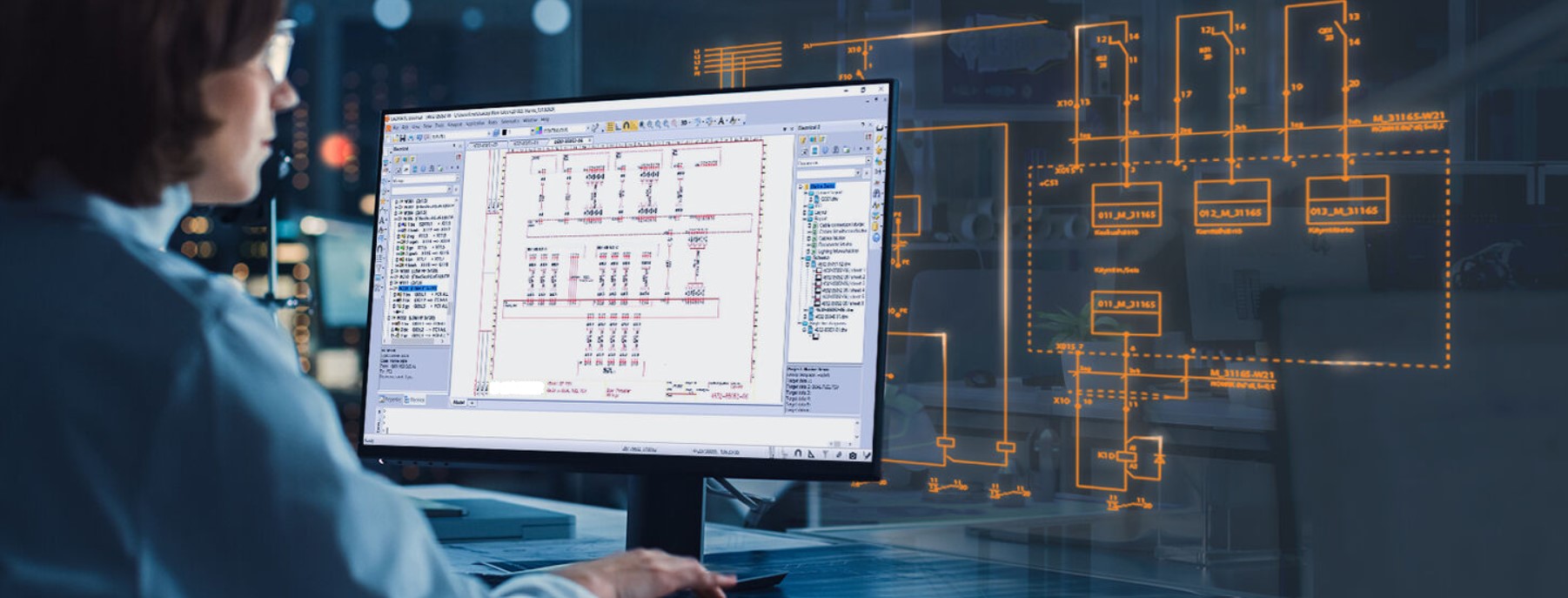Cutting-edge Electrical Design Services for Modern Facilities
As city settings grow increasingly intricate, integrating technologies such as clever grids and renewable power resources becomes paramount. These improvements not only promise to maximize power intake yet also foster strength against future needs.
Importance of Cutting-edge Electrical Design
Cutting-edge electrical design plays a critical duty in contemporary infrastructure, influencing not just effectiveness yet likewise sustainability. As cities progress and the demand for power rises, the need for advanced electrical systems comes to be paramount. These systems have to not just fulfill current needs yet likewise prepare for future growth and technical advancements.
A well-executed electrical design can substantially minimize energy intake, therefore lowering operational expenses and decreasing ecological impact. By integrating sustainable energy resources, such as photovoltaic panels and wind generators, ingenious layouts can improve energy independence and resilience. Clever grid modern technologies permit for real-time monitoring and monitoring of energy distribution, enhancing performance and lowering waste.
Security is an additional crucial aspect of electrical design. Applying extensive criteria and innovative technologies can mitigate dangers connected with electrical failings, making certain a safe atmosphere for businesses and citizens alike. Furthermore, innovative designs facilitate flexibility, permitting frameworks to integrate arising modern technologies flawlessly.
Key Trends in Electric Design
As the landscape of electrical design remains to develop, a number of key trends are forming the future of the sector. One substantial pattern is the assimilation of wise technology right into electric systems. The expansion of the Internet of Points (IoT) has enabled real-time surveillance and control of electrical devices, improving performance and assisting in anticipating upkeep.
An additional pattern is the growing emphasis on modular design. This technique permits adaptable and scalable services, enabling framework to adapt to transforming demands without considerable improvements. In addition, using innovative simulation devices and Building Info Modeling (BIM) is ending up being increasingly common, streamlining the design process and boosting cooperation amongst stakeholders.
Furthermore, improvements in materials science are leading to the development of lighter, extra long lasting, and energy-efficient components. This technology is specifically crucial for high-performance structures and infrastructure jobs.
Lastly, there is a significant change towards data-driven decision-making - industrial electrical design. Leveraging information analytics helps developers optimize systems for efficiency and cost-effectiveness. Together, these trends symbolize a transformative era in electric design, improving functionality, sustainability, and strength in contemporary facilities
Lasting Power Solutions
Sustainable power remedies are increasingly becoming an important emphasis in electrical design, reflecting a broader dedication to ecological responsibility and source performance. These remedies aim to reduce environmental effect while enhancing energy intake in various facilities, from property structures to huge industrial centers.
One of the primary methods includes the integration of renewable resource sources, such as solar panels and wind generators, into electric systems. This not only minimizes reliance on nonrenewable fuel sources yet additionally enhances energy strength. Additionally, innovative energy storage systems, such as advanced batteries, enable efficient management and distribution of power, click here for info making certain that excess energy generated throughout top manufacturing can be made use of during high need durations.
Furthermore, energy-efficient design techniques are being embraced to enhance overall system efficiency. This includes utilizing energy-efficient lights, heating and cooling systems, and wise structure innovations that check and adjust energy use based on occupancy and environmental conditions.
Smart Grid Technologies
The implementation of lasting energy services normally leads to the expedition of wise grid modern technologies, which play a critical role in updating electric systems. Smart grids take advantage of advanced interaction technologies and information analytics to boost the reliability, efficiency, and sustainability of power circulation. By integrating digital modern technology with conventional grid framework, these systems promote real-time surveillance, automated control, and improved decision-making capabilities.
One of the vital functions of smart grids is their ability to fit eco-friendly power sources, such as solar and wind power. This versatility not just decreases dependence on fossil gas however additionally permits a much more decentralized power production design. Additionally, smart grids make it possible for demand response programs, where customers can readjust their energy usage based on real-time prices, thereby promoting energy preservation and minimizing peak lots needs.
Furthermore, clever grid innovations boost grid strength by making it possible for quicker identification and resolution of outages, eventually reducing downtime. With anticipating maintenance and analytics, utilities can enhance and maximize operations service distribution. As communities and cities remain to advance, Extra resources smart grid modern technologies are essential for constructing a lasting and reliable electric infrastructure that fulfills the demands of modern society.

Future-Proofing Framework
To make sure long-lasting viability and versatility, future-proofing infrastructure is essential in the quickly evolving landscape of electrical design solutions. As innovation breakthroughs and energy demands shift, it is important that electrical systems are developed with adaptability in mind. This involves including scalable services that can fit future upgrades without requiring considerable overhauls.

Additionally, sustainability must be a keystone of future-proofed layouts. Utilizing renewable energy resources, such as solar and wind, and maximizing power performance lower dependency on fossil gas, lining up with worldwide initiatives to fight environment modification.
Final Thought
By focusing on flexibility, effectiveness, and sustainability, these solutions deal with the advancing needs of power systems. The combination of smart grid modern technologies and lasting energy services boosts resilience and lowers functional prices.
A well-executed electrical design can significantly decrease energy intake, thereby reducing operational costs and minimizing ecological impact. By including eco-friendly power sources, such as solar panels and wind turbines, innovative designs can enhance click now energy independence and strength. Furthermore, ingenious power storage space systems, such as advanced batteries, make it possible for effective monitoring and distribution of energy, making sure that excess energy produced throughout height production can be made use of during high demand durations.
Smart grids make it possible for need feedback programs, where consumers can readjust their energy use based on real-time prices, thereby advertising power conservation and decreasing peak lots demands. (residential electrical design)
As technology developments and energy needs change, it is important that electric systems are made with flexibility in mind.
Comments on “Safe Residential Electrical Design Services for Functional Home Wiring”